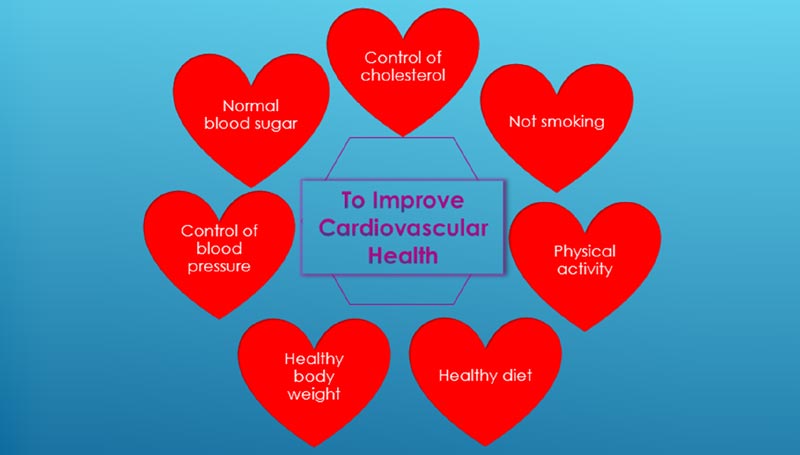The study compared the effects of a two-week exercise program consisting of low-volume high-intensity interval training with the effects of higher-volume moderate-intensity continuous training
Robin Wulffson, MD
A common problem after menopause is a decline in cardiovascular health. A new study found that a simple exercise program known as low-volume high-intensity interval training can rapidly improve cardiovascular health in postmenopausal women. The findings were published in the October issue of the journal Menopause.
The investigators compared the effects of a two-week exercise program consisting of low-volume high-intensity interval training (HIT) with the effects of higher-volume moderate-intensity continuous training (CT) on the cardiopulmonary (heart and lungs) and vascular functions (blood flow) in postmenopausal women.
The study group comprised 22 postmenopausal women who were randomly assigned to either engage in six HIT (12 women) or CT (10 women) sessions for two weeks. The HIT sessions involved 10 one-minute intervals of cycling exercise at 100% of peak power output separated by one minute of active recovery. The CT sessions consisted of 40 minutes of continuous cycling at 65% of peak power output. Factors evaluated at the beginning and end of the two-week program included cardiopulmonary function (ventilatory threshold, peak oxygen uptake), macrovascular endothelial function (flow in large blood vessels of the arm), and microvascular function (increased blood flow in small blood vessels in the arm exhibited by flushing and increased warmth of the skin). (Ventilatory threshold is the point during exercise training at which lung ventilation becomes disproportionately high in regard to oxygen consumption. Peak oxygen uptake is the maximum oxygen uptake.)
Of the 22 women, 18 completed the study (HIT: 11; CT: 7). Adherence to the exercise programs was excellent; 107 of 108 sessions were completed. Despite substantially lower total time commitment (HIT: 2.5; CT: 5 hours) and training volume (HIT: 558 calories; CT: 1,237 calories), the increases from baseline in peak oxygen uptake was significant for the HIT group only. Improvements in exercise test duration were observed in both groups (HIT: 13%; CT: 5%). There were no significant changes in macrovascular or microvascular function in either group.
The authors concluded that their findings suggested that low-volume HIT is achievable and can lead to rapid improvements in cardiopulmonary function in postmenopausal women.
Take home message:
This study illustrates a simple method to promote cardiovascular health in the menopause. Join a gym or purchase an exercise bike.


